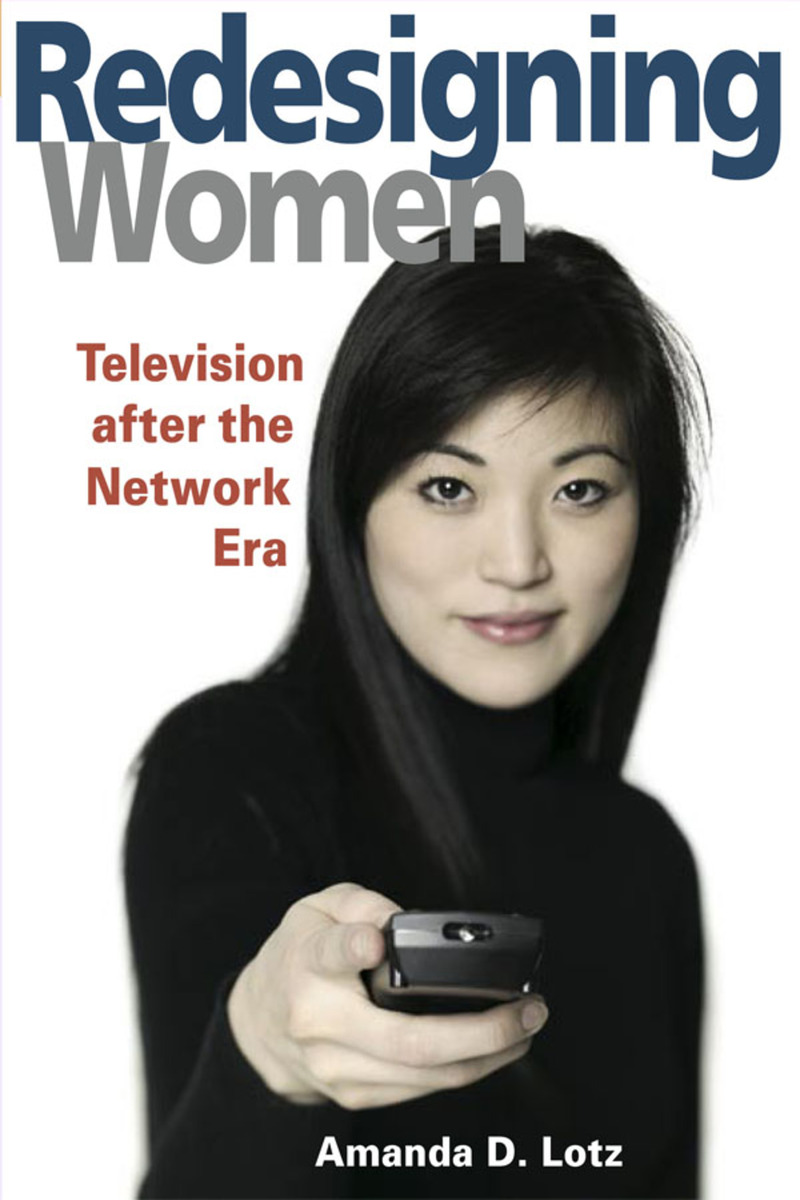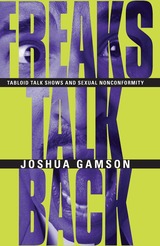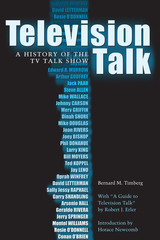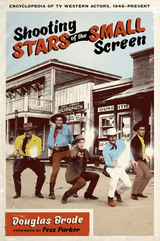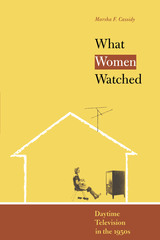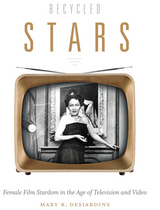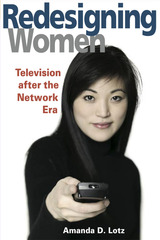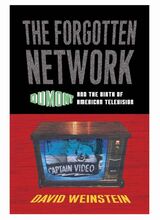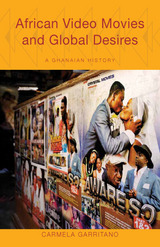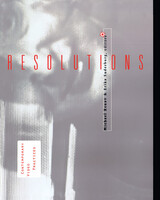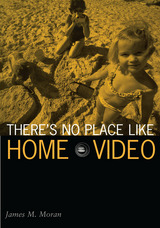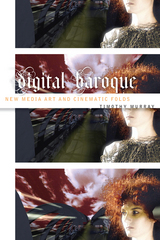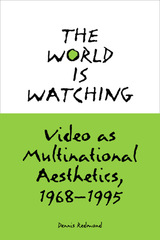REDESIGNING WOMEN: Television after the Network Era
University of Illinois Press, 2010
Paper: 978-0-252-07310-6 | eISBN: 978-0-252-09176-6 | Cloth: 978-0-252-03067-3
Library of Congress Classification PN1992.8.W65L68 2006
Dewey Decimal Classification 791.456522
Paper: 978-0-252-07310-6 | eISBN: 978-0-252-09176-6 | Cloth: 978-0-252-03067-3
Library of Congress Classification PN1992.8.W65L68 2006
Dewey Decimal Classification 791.456522
ABOUT THIS BOOK | AUTHOR BIOGRAPHY | REVIEWS | TOC
ABOUT THIS BOOK
In the 1990s, American televison audiences witnessed an unprecedented rise in programming devoted explicitly to women. Cable networks such as Oxygen Media, Women's Entertainment Network, and Lifetime targeted a female audience, and prime-time dramatic series such as Buffy the Vampire Slayer, Judging Amy, Gilmore Girls, Sex and the City, and Ally McBeal empowered heroines, single career women, and professionals struggling with family commitments and occupational demands. After establishing this phenomenon's significance, Amanda D. Lotz explores the audience profile, the types of narrative and characters that recur, and changes to the industry landscape in the wake of media consolidation and a profusion of channels.
Employing a cultural studies framework, Lotz examines whether the multiplicity of female-centric networks and narratives renders certain gender stereotypes uninhabitable, and how new dramatic portrayals of women have redefined narrative conventions. Redesigning Women also reveals how these changes led to narrowcasting, or the targeting of a niche segment of the overall audience, and the ways in which the new, sophisticated portrayals of women inspire sympathetic identification while also commodifying viewers into a marketable demographic for advertisers.
Employing a cultural studies framework, Lotz examines whether the multiplicity of female-centric networks and narratives renders certain gender stereotypes uninhabitable, and how new dramatic portrayals of women have redefined narrative conventions. Redesigning Women also reveals how these changes led to narrowcasting, or the targeting of a niche segment of the overall audience, and the ways in which the new, sophisticated portrayals of women inspire sympathetic identification while also commodifying viewers into a marketable demographic for advertisers.
See other books on: Television and women | Television broadcasting | Women on television | Women's Studies | Women's television programs
See other titles from University of Illinois Press
